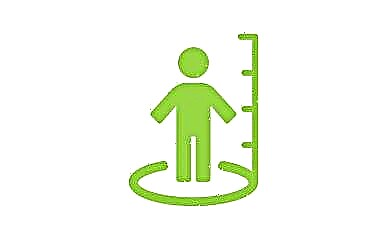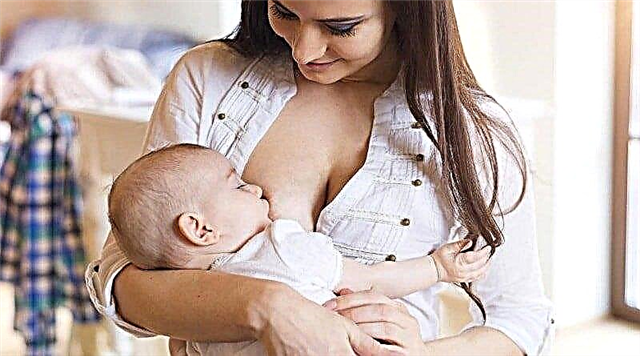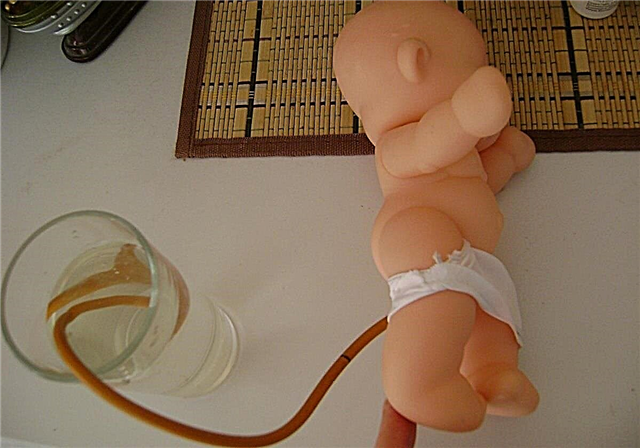
Chickenpox is a highly contagious and common disease. Most often, children under the age of 10-12 years get sick with such an infection, since their susceptibility to the pathogen of chickenpox is increased. As a rule, in children, this disease is rather easy, so it is treated at home. Since almost all parents are at risk of having chickenpox, they should know how to quickly cure a child from such a disease.

How is chickenpox spread
The causative agent of this infectious disease is the Varicella Zoster virus, which belongs to the group of herpes viruses. It is transmitted from sick children to healthy babies who have not previously had chickenpox, since the transferred disease in most cases leaves behind strong immunity.
The Varicella Zoster virus begins to be released from the sick baby's body into the environment at the very end of the incubation period (1 day before the first manifestations of the disease). Also, a child with chickenpox is contagious during the entire period of the rash and for another five days after the last bubbles formed on his skin.

The transmission of the virus occurs by airborne droplets - a healthy child inhales the pathogen, which settles on his mucous membranes and begins to actively multiply. In rare cases, the virus is transmitted by contact, getting on the body of a healthy baby from the bursting bubbles on the body of a sick child.
From the moment of contact with the virus to the first manifestations of the disease caused by the release of the pathogen into the bloodstream and skin lesions, it takes from 7 to 21 days (the average period for most children is fourteen days). This period is called the incubation period. It is worth noting that the Varicella Zoster virus is extremely contagious - if a child was in the same room with a sick person for at least 5-10 minutes, he will become infected in 90% of cases.
Some mothers wonder how you can get sick at home if your baby does not attend preschool. It's all about the high volatility of the pathogen that provokes chickenpox. The virus is capable of spreading tens of meters and can even penetrate through ventilation into other apartments in a multi-storey building.

At the same time, the pathogen of chickenpox does not tolerate conditions outside the human body - literally in 10-15 minutes it dies, and if it is influenced by external factors (sun rays, disinfectant solutions, temperature changes, and others), the virus will be destroyed even faster.
Symptoms
On the first day, the disease manifests itself in the same way as other viral infections. The child complains of weakness, sore throat, headaches, refuses food, does not sleep well. Soon, the body temperature rises, and a rash appears on the skin, which itches very much. It looks very characteristic, which makes it possible to diagnose chickenpox without virological examination.
First, the baby's skin is covered with small reddish specks. After a few hours, they become convex, which resembles mosquito bites. Quite quickly, a clear liquid collects inside such papules and the rash becomes bubbly. After some time, a crust forms on the surface of the bubble. And when the skin is completely healed, the crust falls off without leaving any marks.

At the same time, different elements of the rash can be seen on the child's skin - while some bubbles heal, "fresh" ones appear nearby. Each "wave" of new vesicles is accompanied by another rise in body temperature. In most children, new bubbles stop forming after 5-7 days from the onset of the disease.
How to treat chickenpox at home
Almost all children with chickenpox are treated at home. Hospitalization is indicated only in severe and atypical forms, as well as in the event of complications.
Parents need to know about such basic nuances of home treatment:
- During a period of high temperature, a sick child should be in bed. To reduce the temperature, you can use antipyretics approved for children - paracetamol, as well as ibuprofen. The use of aspirin is strictly prohibited, since with chickenpox this medicine can lead to serious complications.
- Food in the acute period of infection should be given sparing, and the drink should be plentiful and warm, as with any other viral diseases. Prepare your child for soups, cereals, steamed fish and meat dishes, vegetables, dairy products, fruits. Any spicy, hard to digest and fried foods should be avoided.
- Bathing a child with chickenpox is not prohibited, except during a high temperature period. At the same time, the water in the bathroom should not be too hot, and detergents and sponges should not be used. In addition, after such a hygienic procedure, the skin should not be wiped with a towel, but rather blotted with a sheet.
- Antiviral drugs are not used for mild chickenpox. If the child's infection is more severe, the doctor will prescribe a specific treatment for him that inhibits the multiplication of the virus, for example, the drug Acyclovir in tablets. The dosage and frequency of admission is determined by the doctor based on the baby's age, weight and the presence of other pathologies.
- It is very important not to scratch the rash, as this increases the risk of infection of the blisters and damage to the deep layers of the skin (the result will be marks that can remain on the skin of the baby for life). To combat itching and prevent bacteria from entering the vesicles, mainly local remedies are used, for example, preparations with zinc oxide (Kalamin lotion, zinc ointment, Zindol mash), aniline dyes (fucorcin, brilliant green), PoxClin gel based on aloe vera, oil tea tree and other preparations.
- If the itching of the rash is very severe, you should consult with your pediatrician about the use of antihistamines inside.
- If the rash also appears on the mucous membranes, Miramistin, furacilin solution, herbal infusions (chamomile, calendula) are used in their treatment. Also, wounds in the mouth and on the genitals can be lubricated with sea buckthorn oil or anesthetic gels (Kamistad, Kalgel).


In the following video, you can see how to treat a child for chickenpox at home. But when watching the plot, remember, no matter how good these recipes seem to you, the child must be shown to the doctor and discussed with him all possible methods of treatment.
For the opinion of Dr. Komarovsky on how to treat chickenpox, see the following video.



